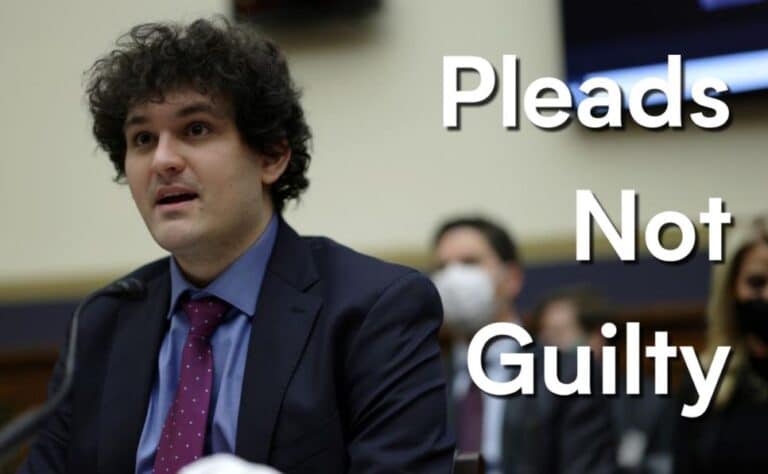Welcome to this week’s edition of This Week in Crypto, where we dive into the moments shaping the cryptocurrency landscape. In this issue, we explore the aftermath of FTX’s bankruptcy and its ambitious plans to repay customers without a platform relaunch, Nayib Bukele’s re-election in El Salvador bolstered by his Bitcoin-centric policies, and the U.S. Department of Energy’s latest endeavor to measure the energy consumption of cryptocurrency mining across the nation. Join us as we unpack these stories!

FTX Rules Out Comeback, but Aims for Full Repayment to Customers and Creditors
FTX, the cryptocurrency exchange that folded in November 2022, has declared through its legal team that it has no plans for a comeback but is committed to reimbursing its customers and unsecured creditors in full. This announcement came during a court hearing where FTX’s lawyers shared the company’s strategy to settle its debts by liquidating recovered assets and cryptocurrency holdings. Despite the challenges faced, including the failed attempt to sell off parts of the business and the inability to find investors for a relaunch, FTX’s lawyers conveyed a cautious optimism about fulfilling the repayment plan, with a detailed disclosure expected to be filed in February.
The process has had multiple significant setbacks, including the dismal sale of LedgerX and the lack of interest in reviving the FTX brand, likely due to the damaged reputation and operational failures under co-founder Sam Bankman-Fried’s leadership. Despite these difficulties and the acknowledgment of the high costs and risks associated with restarting the exchange, FTX’s legal representatives remain open to potential opportunities that may arise. The focus remains on repaying affected parties, moving away from the idea of resurrecting the exchange as the company navigates through its bankruptcy proceedings.

Nayib Bukele Wins Second Term, Continues Bold Bitcoin Experiment in El Salvador
Nayib Bukele, El Salvador’s President renowned for making Bitcoin legal tender in 2021, has won re-election for a second 5-year term, as indicated by exit polls. Since his initial election in 2019, Bukele has been in the international spotlight for his bold approach to both cryptocurrency and efforts to mitigate gang violence within the country.
His administration has been notable for embracing Bitcoin, launching the Chivo crypto wallet, and planning innovative financial instruments such as Bitcoin-backed “Volcano bonds”. These bonds, intended to fund renewable energy initiatives and Bitcoin mining, highlight Bukele’s ambition to further embed cryptocurrency into the nation’s economy.
However, the integration of Bitcoin as legal tender has not been without its challenges for the Salvadoran population, especially highlighted by the surge in Bitcoin transaction fees linked to the increased popularity of Ordinals inscriptions. The surge significantly raised the cost of BTC transactions, making it expensive for residents to make payments using the cryptocurrency.

U.S. Department of Energy Starts Survey on Crypto Mining’s Energy Consumption
The U.S. Department of Energy (DOE) is launching an initiative to gauge the energy consumption of the nation’s cryptocurrency mining sector, aiming to create a comprehensive overview of its power use. This action, conducted by the DOE’s Energy Information Administration (EIA), comes in response to the rising activity in cryptocurrency mining, spurred by significant increases in Bitcoin prices, which have jumped by about 50% in the last three months. The initiative seeks to understand the impact of this surge on the U.S. electricity demand, especially during a period marked by a severe cold snap causing heightened electricity usage across the country.
This mandatory survey, approved under an “emergency request” by the DOE’s statistics agency in January 2024, targets all commercial cryptocurrency mining operations that utilize a proof-of-work (PoW) consensus mechanism. The EIA’s goal is to create a “baseline snapshot” that will detail the scale of mining activities, the types of electricity sources miners use, and identify areas with high concentrations of mining operations. This effort is part of a broader attempt to assess how the growing energy demands of cryptocurrency mining could influence the nation’s power systems and affect electricity prices for consumers.








